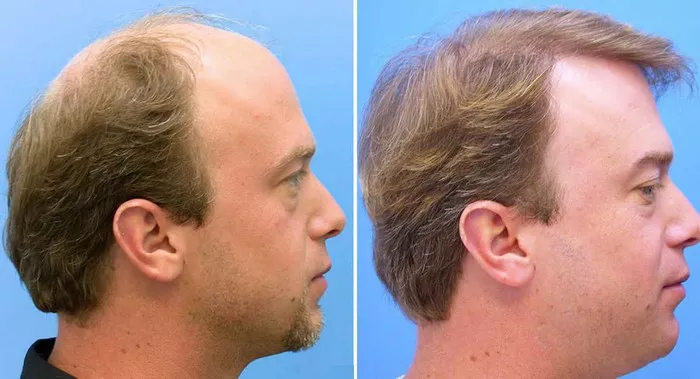Hair transplants have become a popular and effective solution for individuals seeking to restore a fuller, natural-looking head of hair. While the procedure itself is a crucial step in the journey to hair restoration, understanding the post-transplant healing process, including the presence of scabs, is equally important. In this article, we will explore the timeline of hair transplant scabs and offer insights into how patients can facilitate a smooth recovery.
1. The Immediate Post-Transplant Period: Scab Formation Begins
Following a hair transplant procedure, the scalp undergoes a healing process that involves the formation of scabs. These scabs develop as a natural response to the small incisions made during the transplant, which causes tiny crusts to form around the newly implanted hair follicles. It’s essential to note that scab formation is a normal part of the healing process and is not a cause for concern.
2. The First Week: Scabs Reach Peak Formation
During the initial days after a hair transplant, patients can expect scabs to reach their peak formation. The scabs are generally more noticeable during this period, and the scalp may feel tight and itchy. It is crucial for patients to resist the temptation to pick at or scratch the scabs, as doing so can disrupt the healing process and potentially damage the newly transplanted hair follicles.
3. Days 7-10: Scabs Begin to Shed
As the first week progresses, patients will notice that the scabs start to naturally shed from the scalp. This shedding is a positive sign, indicating that the healing process is well underway. It is important for patients to allow the scabs to fall off on their own, avoiding any forceful removal. Gentle washing of the scalp with the recommended cleansing solution provided by the surgeon can aid in the gradual shedding of scabs.
4. Days 10-14: Transition to Post-Scab Phase
By the second week post-transplant, the majority of scabs would have shed, leaving the scalp in a post-scab phase. While some patients may still have a few residual scabs, the overall appearance improves significantly during this period. The scalp may continue to feel sensitive, and the surgeon’s post-operative care instructions should still be followed diligently.
5. Weeks 3-4: Resolution of Scabbing
In the third and fourth weeks, patients can expect a further resolution of any remaining scabs. The scalp continues to heal, and any lingering redness or mild irritation typically subsides. This phase marks a significant reduction in visible signs of the transplant, and patients may begin to enjoy the early results of their hair restoration.
6. Month 2 Onward: Continued Healing and Hair Growth
Beyond the first month, the focus shifts from scab resolution to the continued healing of the scalp and the emergence of new hair growth. Patients often experience a gradual improvement in the thickness and density of their transplanted hair during this period. It’s important to note that the pace of hair growth varies from person to person, and final results may take several months to become fully apparent.
See Also: When Can I Start Using Oil After Hair Transplant: A Full Guide
Conclusion: Patience is Key in the Healing Journey
In conclusion, understanding the timeline of hair transplant scabs is crucial for patients undergoing the procedure. The presence of scabs during the initial weeks is a natural part of the healing process, and patients should resist the urge to intervene. Patience is key, as scabs will gradually shed, revealing the promising results of the transplant.
It is essential for patients to follow their surgeon’s post-operative care instructions diligently and attend follow-up appointments for assessments and guidance. If concerns arise during the healing process, it is advisable to consult with the surgeon promptly. By actively participating in their post-transplant care, patients can contribute to a smoother recovery and ultimately enjoy the long-term benefits of a successful hair transplant.


